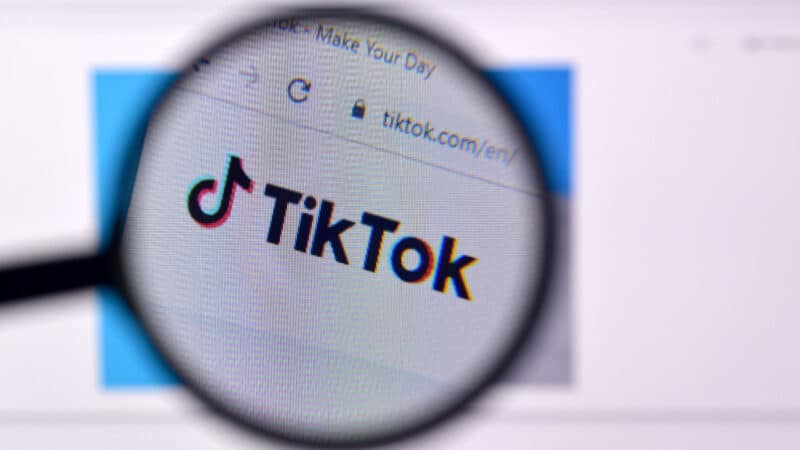
The Shifting Advertising Landscape: TikTok vs. Meta
The advertising space is continually evolving, with recent trends showcasing a dramatic shift in brand confidence between TikTok and Meta’s platforms (Facebook and Instagram). As advertisers navigate through uncertain waters, the strategies they implement are pivotal for their marketing success in the long run. A closer look reveals the complexities behind these transformations, indicating the direction in which the digital advertising sector is heading.
Recent findings illustrate a concerning downturn in TikTok advertising, particularly with a notable decrease in cost-per-thousand-impressions (CPMs). Brands are witnessing double-digit declines in their advertising costs, attributed to persistent uncertainties surrounding TikTok’s future in the United States. Recent announcements about potential extensions of a ban on the platform only serve to escalate advertisers’ unease, prompting many to reconsider their marketing expenditures.
Consequently, major brands are redirecting their budgets towards Meta’s platforms, maximizing the potential of Facebook and Instagram, particularly their burgeoning short-form video content capabilities. Meta is strategically benefiting from the turbulence experienced by TikTok, resulting in increased CPMs and an enhanced market position. This pivot not only showcases brands’ adaptive strategies but also highlights Meta’s resilience amid adversity.
Beyond advertising budgets, user engagement difficulties on TikTok have compounded the platform’s challenges, with service issues such as a temporary blackout earlier this year diminishing user trust. Advertisers are now adopting a more cautious approach, hedging their bets by diversifying their ad spending across what they perceive as more stable platforms. While some brands are retaining their TikTok advertising presence, the prevailing sentiment is one of hesitance, driven by an uncertain regulatory environment.
Looking ahead, the prospects for TikTok remain bright, with projections estimating around $14.8 billion in U.S. ad revenue for the year. However, this figure pales in comparison to Facebook’s anticipated $36.9 billion, positioning TikTok firmly as a secondary player in the short term. Advertisers will need to closely observe any developments regarding ongoing negotiations and acquisition talks, which could significantly impact whether brands will retract their budgets from Meta and return to TikTok.
As the dynamics unfold, the intersection between advertising strategies and URL shortening technology cannot be overlooked. For brands reallocating their budgets or experimenting with new platforms, effective link management through custom domains and link shorteners can enhance campaign tracking and performance optimization. Utilizing tools that provide detailed insights on short links can empower marketers to make data-driven decisions, ensuring their investments yield optimal returns regardless of the platform.
In conclusion, as advertisers recalibrate their strategies in light of these shifting trends, the necessity for adaptability and understanding the broader market landscape remains paramount. Fostering agility in advertising not only helps in responding to immediate challenges but also sets the groundwork for more robust marketing practices in a rapidly changing digital ecosystem.
#BitIgniter #LinksGPT #UrlExpander #UrlShortener #DigitalMarketing #AdTech #SocialMediaMarketing #SaaS
Want to know more: https://searchengineland.com/tiktok-meta-advertisers-q12025-454041

